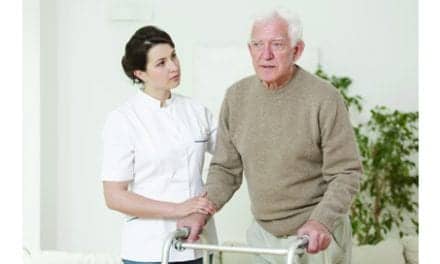A total of 200 minutes, rather than the standard 60 minutes, of moderately intense physical education (PE) classes per week could have a beneficial impact on adolescent females’ bones.
In the 7-year study conducted among students in four schools in Sweden, 170 children (72 girls and 98 boys) from one school were requested to perform 200 minutes of PE per week. Students from three other schools (44 girls and 47 boys) continued participating in the standard 60 minutes of PE per week.
A media release from the International Osteoporosis Foundation notes that the researchers found that the 7-year moderately intense school-based physical activity intervention, initiated pre-puberty, was associated with higher tibia cortical bone strength accompanied by region-specific gains in cortical bone mass distribution in girls, but not in boys. Girls had 2.5% greater cortical thickness and 6.9% greater polar stress-strain index (SSI) at the 66% tibia, which was accompanied by significantly greater cortical volumetric bone mineral density compared to controls (all P <0.05).
The primary findings were independent of age, Tanner stage, bone length, and weight. This increases the likelihood that the physical activity intervention contributed to the positive skeletal adaptation rather than selection bias based on body size.
“Findings of previous studies have shown that increased physical activity is associated with greater bone mass and strength in adolescents. The findings of this study specifically underline the benefits of increasing the amount of time dedicated to school physical education classes, particularly for girls, during the important stage of bone development around adolescence. Importantly, optimizing bone mass and strength in youth has a positive impact on bone health and fracture prevention in adulthood,” states study author Dr Jesper Fritz of Lund University, Skåne University Hospital, Malmö, in the release.
The study was published recently in Calcified Tissue International.
[Source(s): International Osteoporosis Foundation, Science Daily]





